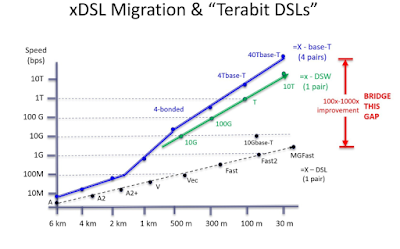The total number of mobile subscriptions worldwide reached 7.9 billion in Q1 2018, up by 94 million in the quarter, according to the Ericsson Mobility Report, which would equate to a 104% penetration rate. Of course, the figure reflects multiple mobile subscriptions held by many individuals, thus accounting for the fact that hundreds of millions of people do not have mobile service for economic, geographic, or other reasons. Ericsson estimates that there are 5.3 billion people will mobile phones, accounting for the 7.9 billion subscriptions.
Meanwhile, 7 years after the launch of the first 4G services, there are now 5.5 billion mobile broadband subscriptions worldwide. Mobile broadband is growing at 20 percent year-on-year, increasing by 200 million in Q1 2018, however, 4G remains only a part of the overall mobile broadband market. The number of LTE subscriptions increased by 210 million during the quarter to reach a total of 2.9 billion. The net addition for WCDMA/HSPA was around 10 million subscriptions. Over the same period, GSM/EDGE-only subscriptions declined by 90 million. Other technologies declined by around 32 million.
Subscriptions associated with smartphones now account for around 60 percent of all mobile phone subscriptions. The number of smartphones sold declined to around 340 million in Q1, representing around 85 percent of all mobile phones sold in the quarter.
The June 2018 edition of the Ericsson Mobility Report is essential reading for anyone tracking the telecoms arena.
https://www.ericsson.com/en/mobility-report/reports/june-2018
Meanwhile, 7 years after the launch of the first 4G services, there are now 5.5 billion mobile broadband subscriptions worldwide. Mobile broadband is growing at 20 percent year-on-year, increasing by 200 million in Q1 2018, however, 4G remains only a part of the overall mobile broadband market. The number of LTE subscriptions increased by 210 million during the quarter to reach a total of 2.9 billion. The net addition for WCDMA/HSPA was around 10 million subscriptions. Over the same period, GSM/EDGE-only subscriptions declined by 90 million. Other technologies declined by around 32 million.
Subscriptions associated with smartphones now account for around 60 percent of all mobile phone subscriptions. The number of smartphones sold declined to around 340 million in Q1, representing around 85 percent of all mobile phones sold in the quarter.
The June 2018 edition of the Ericsson Mobility Report is essential reading for anyone tracking the telecoms arena.
https://www.ericsson.com/en/mobility-report/reports/june-2018


















